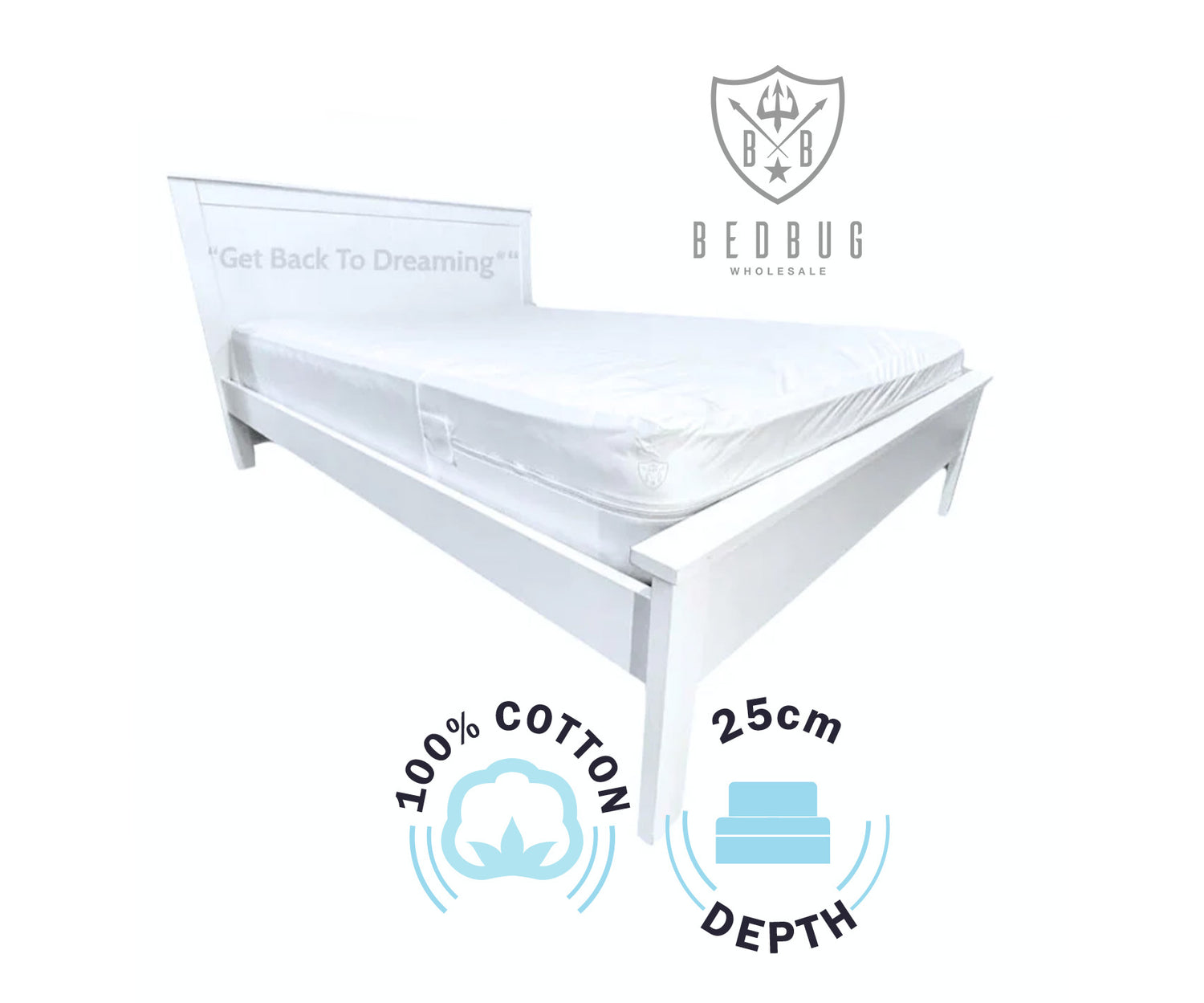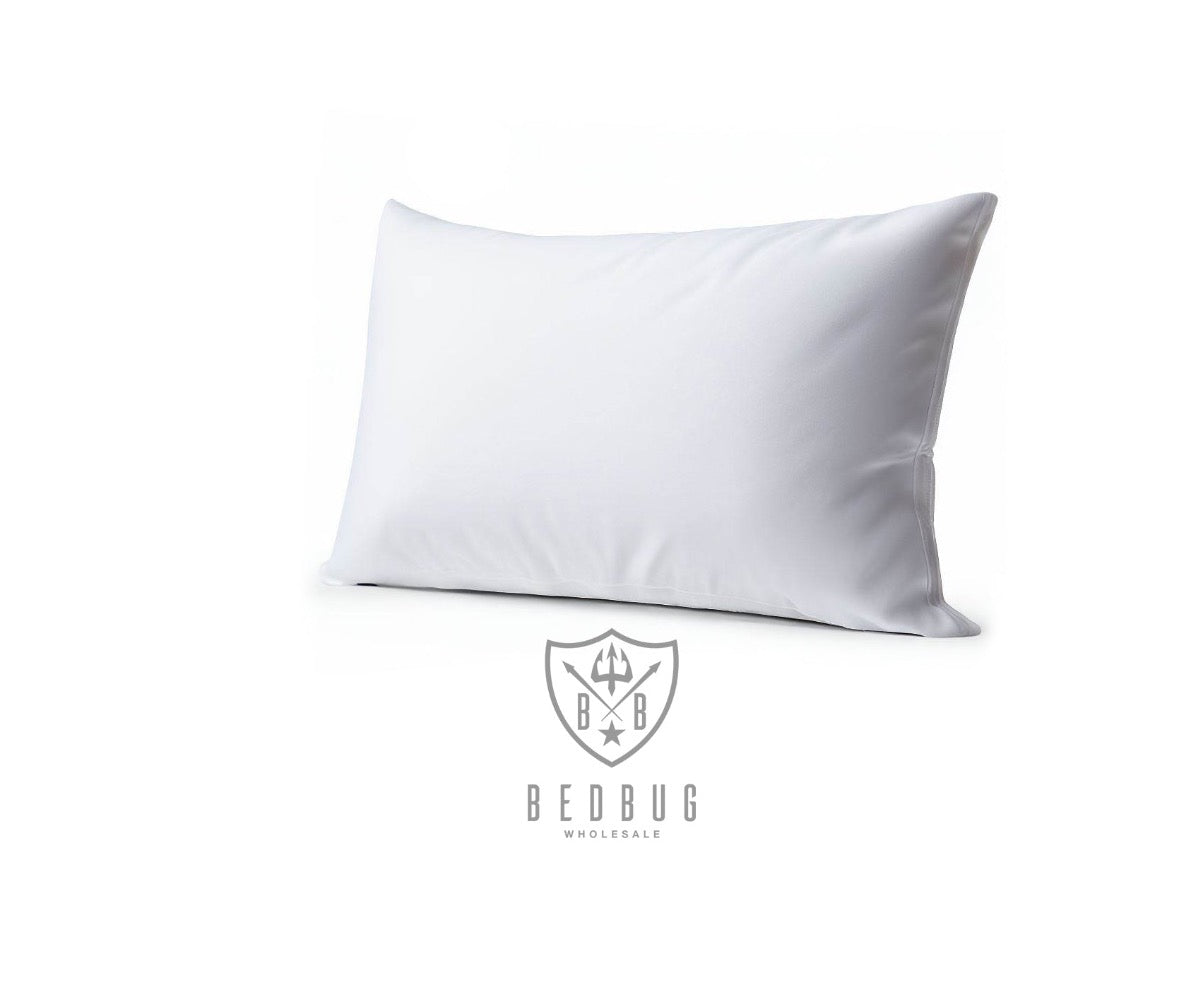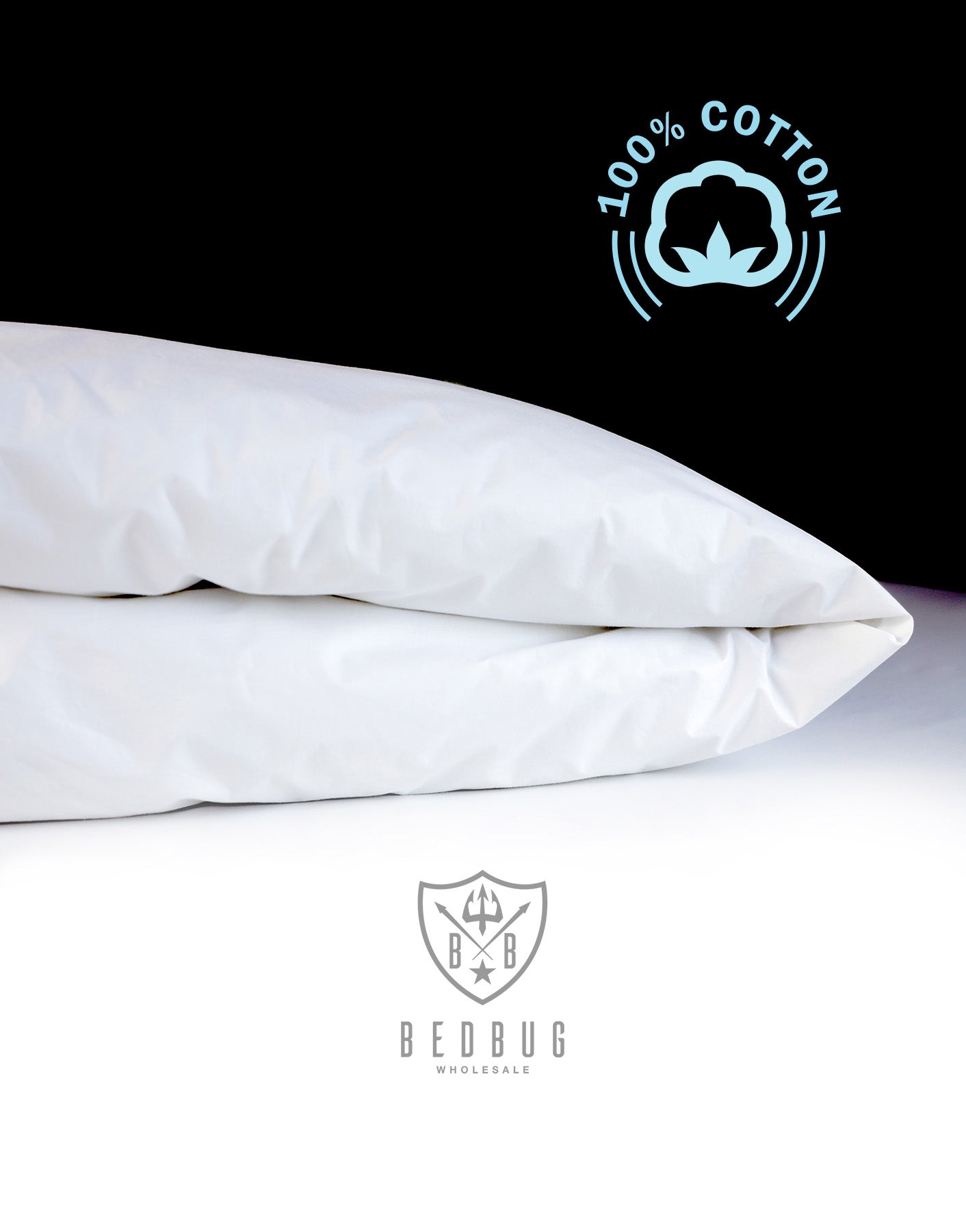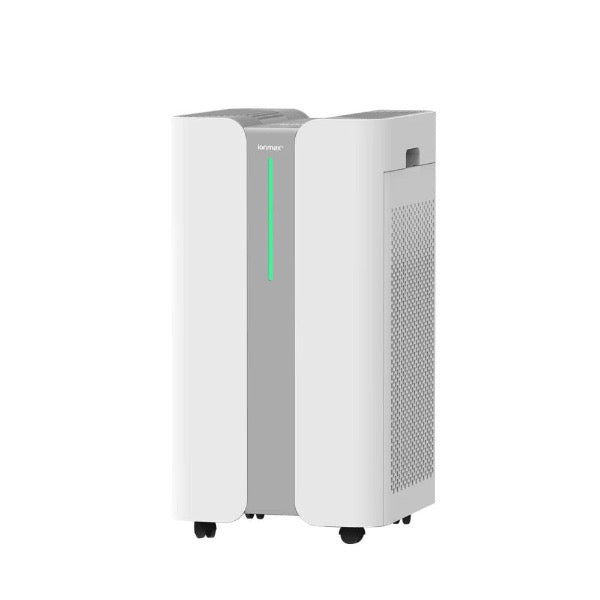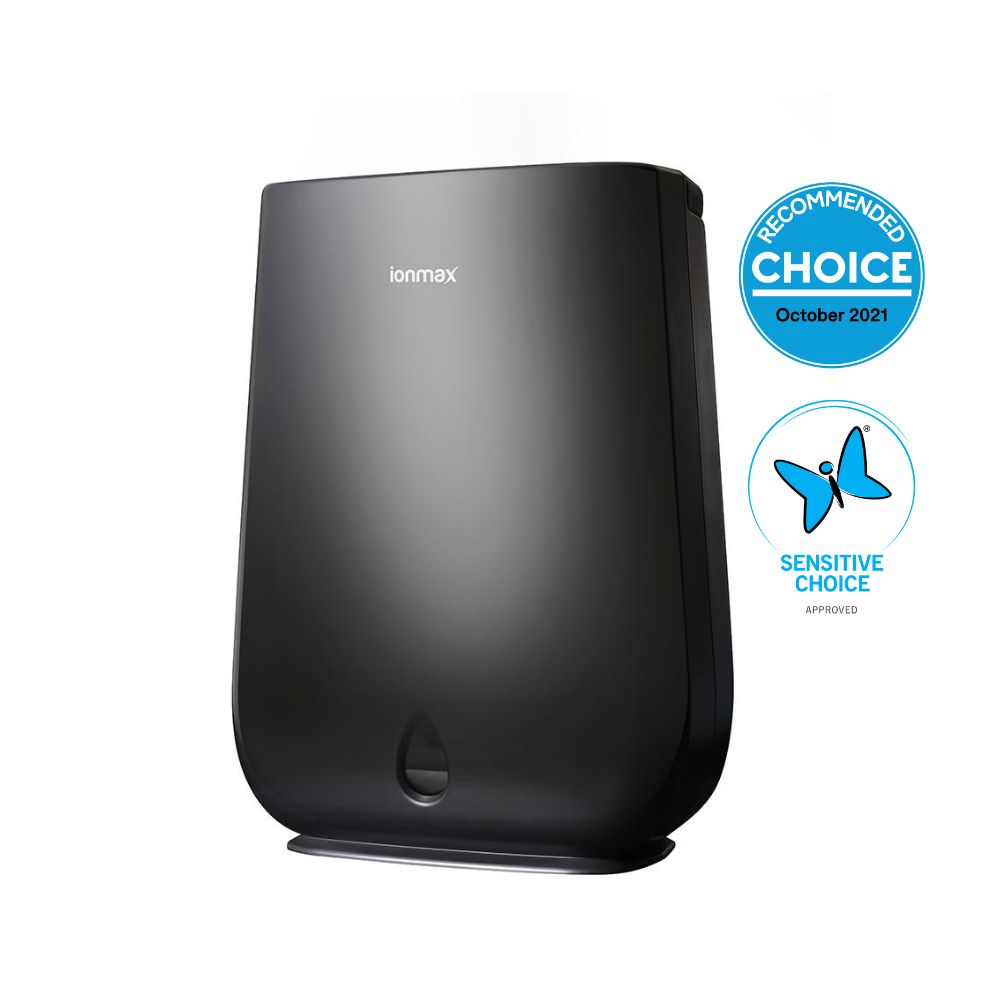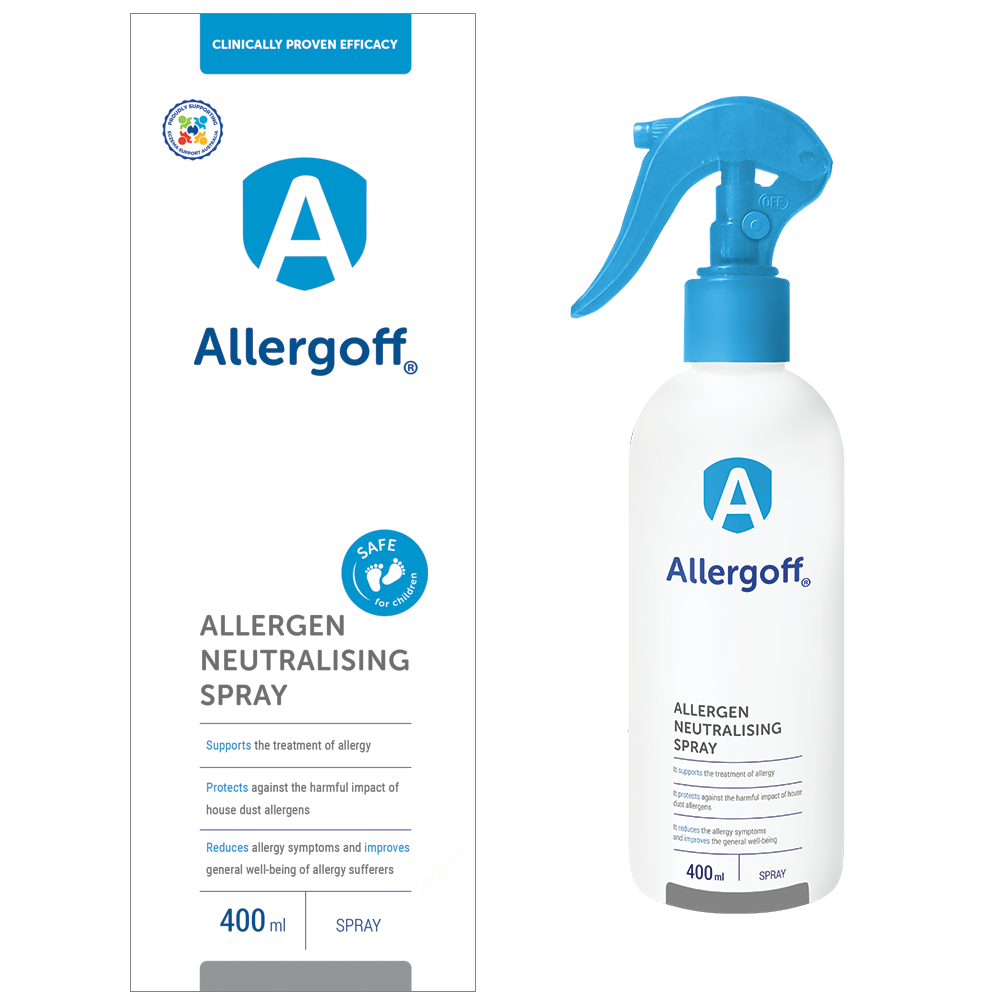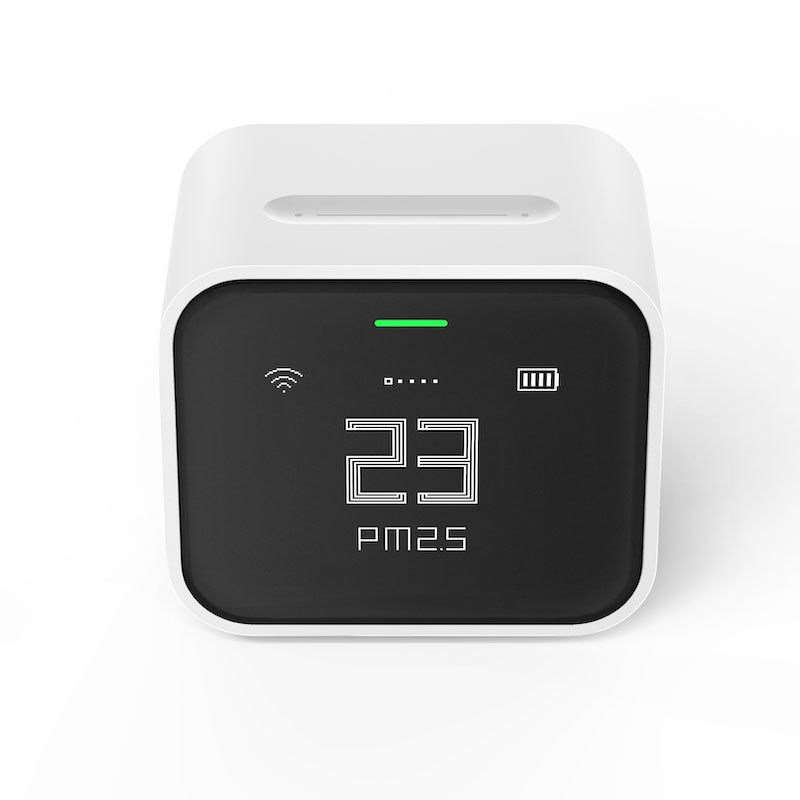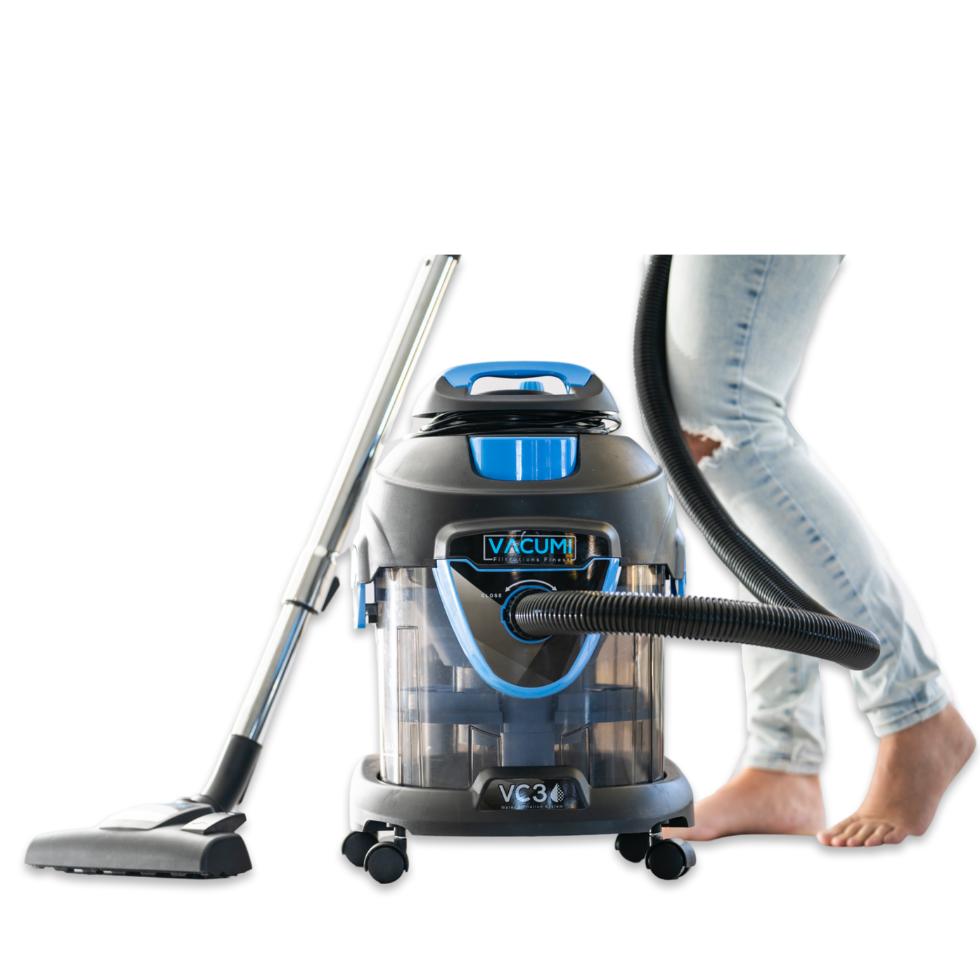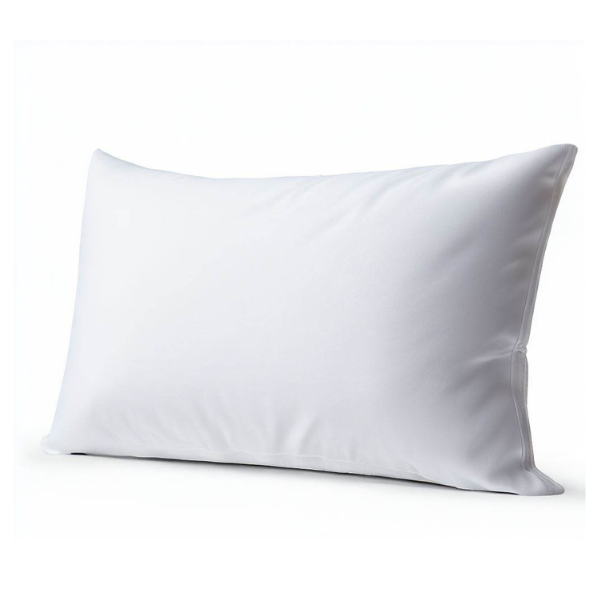There is a strong connection between humidity, mould, and dust mites. Higher levels of humidity create a favourable environment for the growth of mould and the proliferation of dust mites.
This moisture provides an ideal breeding ground for mould spores to thrive. When surfaces, such as walls or ceilings, become damp due to excess moisture, mould can begin to grow and spread. The presence of mould not only poses potential health risks but also indicates a moisture problem in the house.
Dust mites tend to be more prevalent in homes with higher humidity levels and constant warmth. Dust mites feed on discarded skin cells and are often found in areas where these cells accumulate, such as bedding, mattresses, and upholstered furniture.
Can Mold Cause Dust Mites?
Mold and dust mites both thrive in humid environments, but mold does not directly cause dust mites. They share a preference for high humidity, with optimal growth conditions above 50% for mold and between 70% and 80% for dust mites. Controlling indoor humidity levels below 50% can help reduce both mold growth and dust mite populations.
Connection Between Mould and Dust Mites
Coexistence of Dust Mites and Mould
The American Lung Association highlights a potential interrelationship between mould and dust mites. As mould grows on surfaces, it releases volatile organic compounds (VOCs) that attract dust mites. Dust mites feed on mould and produce waste particles, which can further promote mould growth. This coexistence and amplification can perpetuate the presence of both allergens in the indoor environment.
Environmental Conditions
Mould and dust mites prefer similar environmental conditions. They thrive in warm, humid environments where moisture is present. Mould and dust mites grow best in areas with moisture levels above 60%.
Allergy Triggers
Inhalation of mould spores and dust mite allergens can trigger allergic reactions in susceptible individuals. The Asthma and Allergy Foundation of America states that both mould and dust mite allergens are common triggers for asthma and allergic rhinitis symptoms. These reactions can include sneezing, coughing, nasal congestion, itching, and respiratory difficulties.
What Are Mold Mites?
Mold mites, often referred to by their scientific name Tyrophagus putrescentiae, are tiny, microscopic arthropods that feed on fungi, including mold. Unlike dust mites, which feed on organic matter like dead skin cells, mold mites thrive in environments where mold and fungi are present due to high humidity or dampness. These mites are attracted to mold because it provides them with a constant food source.
Mold mites are common in damp, moldy environments such as kitchens, basements, and bathrooms where ventilation is poor and moisture levels are high. They can also be found in food storage areas, feeding on moldy food products. While they do not bite or cause diseases, their presence in large numbers can lead to allergic reactions in some individuals, similar to reactions caused by dust mites. Symptoms can include respiratory issues, itching, and irritation of the skin, eyes, and throat.
Controlling mold mite populations involves eliminating their food source by reducing humidity levels, improving ventilation, and promptly addressing mold growth in the home.
What Do Mold Mites Look Like?
Mold mites are extremely small, typically measuring about 0.3 millimeters in length. Due to their minuscule size, they are not easily visible to the naked eye and often require a magnifying glass or microscope to be seen.
How to Know if you Have Mould Mites?
Visible Mold Growth
Since mold mites feed on mold, visible mold patches in your home are a strong indicator that mold mites could be present.
High Humidity
Mold mites thrive in moist and humid environments. If your home has high humidity levels, it creates a conducive environment for both mold and mold mites.
Allergic Reactions
If you or family members experience sudden allergic reactions such as sneezing, runny nose, itchy eyes, or respiratory issues without a clear cause, it could be due to mold mites, especially if these symptoms worsen at home.
Fine Dust Around Mold
In heavily infested areas, you might notice a fine, dusty substance around mold growths, which could be dead mites and their fecal matter.
Can Mold Mites Cause Allergies?
These small insects feed on mold and produce allergens through their waste and discarded skins. When these particles become airborne, they can be inhaled, leading to allergic reactions in sensitive individuals. Symptoms may include sneezing, itching, watery eyes, nasal congestion, and asthma attacks. To lessen allergy risks, it's beneficial to control mold growth and keep indoor humidity levels low, thereby reducing mold mite populations.
Do Mould Mites Live in Australia
Mould mites can be found worldwide, including in Australia, thriving in environments where there is mould growth and high humidity levels. In Australia's climate, which can vary greatly from region to region—from the tropical north to the cooler, temperate south—conditions conducive to mould and mould mite proliferation can occur, especially in areas with high rainfall, humidity, or coastal proximity.
In Australian homes, mould and consequently mould mites might be more prevalent during wetter months or in poorly ventilated areas where moisture accumulates, such as bathrooms, kitchens, and basements.
What is the Difference Between Mould and Mildew?
Mould and mildew are both types of fungi commonly found in homes, thriving in moist, warm conditions, but they have some differences in their appearance, locations they grow, and how they impact environments and health. Here's a breakdown:
Appearance
- Mould: Typically appears as a thicker, more fuzzy growth and can come in a variety of colors, including black, green, red, or blue. Mould tends to grow in larger colonies and can penetrate the surface of what it's growing on, causing more significant damage.
- Mildew: Usually presents as a powdery or downy surface that appears white or gray at first and may turn black or brown over time. Mildew tends to grow on flat surfaces and remains superficial, making it easier to clean.
Location and Growth
- Mould: Is more invasive and can grow on a variety of surfaces, including food, walls, fabric, and wood, potentially causing structural damage to buildings and deterioration of materials.
- Mildew: Prefers to grow on flat, moist surfaces and is commonly found on damp walls, window sills, and other flat surfaces. It is also seen on agricultural products.
Health Impact
- Both mould and mildew can cause health problems, especially for people with allergies, asthma, or compromised immune systems. Exposure to these fungi can lead to symptoms like sneezing, coughing, throat irritation, and eye irritation.
- Mould: Some types of mould produce mycotoxins, which can pose serious health risks when inhaled or ingested, potentially leading to more severe reactions than mildew.
- Mildew: Generally considered less harmful than mould, but can still cause respiratory issues and allergic reactions.
Removal
- Mould: Because it can penetrate surfaces, mould removal can be more challenging and sometimes requires professional remediation, especially for large infestations or when mycotoxins are present.
- Mildew: Since it's surface-level, mildew can often be cleaned with household cleaners and a bit of scrubbing, making it easier to manage.
Mold Mites vs Dust Mites
Habitat and Food Source
- Mold Mites: These mites thrive specifically in environments where mold and fungi are present, as these are their primary food sources. Mold mites are attracted to areas with high humidity and mold growth.
- Dust Mites: Dust mites prefer environments with high humidity as well, but their primary food source is flakes of shed human skin found in household dust, rather than mold. They are commonly found in bedding, upholstered furniture, and carpets.
Allergens
- Mold Mites: The allergens from mold mites primarily come from their fecal matter and body fragments. People who are allergic to mold can also have reactions to mold mites since they are closely associated with mold growth.
- Dust Mites: Dust mites produce allergens through their fecal matter and decaying bodies. These allergens are a common cause of allergic reactions and asthma in sensitive individuals.
Visibility and Identification
- Both mold mites and dust mites are microscopic and not easily seen without magnification. However, their presence can be suspected based on the allergic symptoms they induce and the environmental conditions (such as visible mold growth for mold mites or dust accumulation for dust mites).
How to Control Humidity, Mould and Dust Mites
Generally, it is recommended to maintain humidity levels between 30% and 50%. This range helps prevent mould growth, dust mite infestations, and other moisture-related issues.
Controlling and maintaining optimal humidity levels in the house is crucial to minimise the growth of mould and reduce the population of dust mites, thereby promoting a healthier living environment.
Hygrometer
Purchase a hygrometer, or an air quality monitor, a device specifically designed to measure humidity levels. Place it in different areas of your home to get an accurate reading of the humidity in various rooms.
Dehumidifier
A dehumidifier is a device that extracts excess moisture from the air, helping to control humidity levels in the house. It is particularly useful in areas with high humidity or during damp seasons. Regular use of a dehumidifier can inhibit mold growth and discourage dust mite populations.
Air Conditioner
Air conditioning units not only provide cooling but also help to reduce humidity levels. They remove moisture from the air as it passes through the system, helping to control humidity and create an inhospitable environment for mold and dust mites.
Devanti Portable Air Conditioner Cooling Mobile Fan Cooler Dehumidifier
Ventilation Systems
Proper ventilation is essential in controlling humidity and preventing mold growth. Installing and using exhaust fans in bathrooms, kitchens, and laundry areas can effectively remove excess moisture. Additionally, opening windows and using natural ventilation can help maintain airflow and reduce humidity levels.
Fix Leaks and Moisture Sources
Inspect your house for any leaks, water intrusion, or moisture sources. Fix plumbing leaks, repair damaged roofs, and address any areas where moisture might be entering your home. Keeping your home dry and preventing water accumulation is crucial in controlling humidity.
Properly Insulate
Ensure your house is adequately insulated to minimize temperature variations and prevent condensation. Proper insulation helps maintain a consistent indoor temperature, reducing the risk of moisture buildup.
Minimise Indoor Drying
Limit indoor drying activities that add moisture to the air, such as drying clothes indoors or using unvented gas appliances. Opt for outdoor drying or use well-ventilated areas instead.
Moisture Absorbent Materials
Using moisture-absorbent materials, such as silica gel packs or moisture-absorbing crystals, can help control humidity in specific areas, such as closets or storage spaces. These materials draw moisture from the air, reducing dampness and inhibiting mold and dust mite growth.
Regular Cleaning and Dusting
Regular cleaning routines, including dusting and vacuuming, can help control dust mites. Using a vacuum cleaner with a HEPA filter can effectively capture dust mites and their allergens. It is also important to focus on areas where dust and skin cells accumulate, such as bedding, mattresses, carpets, and upholstered furniture.
Encasements and Allergen-Proof Covers
Encasing your mattress, pillows, duvets and box springs with dust mite covers can create a barrier, preventing dust mites from infesting these areas. These covers are designed to be impermeable to dust mite allergens, reducing exposure and potential allergic reactions.
Is There a Difference in Controlling Humidity in the Summer and Winter?
Controlling humidity in the house requires different approaches in summer and winter. In summer, when humidity levels tend to be higher, it is important to focus on reducing excess moisture by utilizing dehumidifiers, promoting airflow through proper ventilation and the use of fans, and keeping windows and doors closed during humid periods.
In contrast, winter humidity control involves striking a balance between maintaining warmth and preventing condensation. Adequate insulation, sealing air leaks, and maintaining a consistent indoor temperature can help prevent excessive moisture and condensation on cold surfaces. Additionally, proper ventilation should be maintained to minimize moisture buildup while ensuring the preservation of indoor heating.
Comprehensive Approach to Minimising Dust Mites and Mould
Read our comprehensive guide to minimise dust mites in every room.
Control Humidity
Keep indoor humidity levels below 50% using dehumidifiers and air conditioners. This is crucial for preventing mold growth and creating an unfavorable environment for mites.
HEPA Filtration
Use a dust mite vacuum cleaner with a HEPA filter to efficiently capture dust mites, mold spores, and other allergens from floors and upholstered furniture.
Dust Regularly
Clean and wipe surfaces with a damp cloth or microfiber mop to remove dust without dispersing it into the air, reducing dust mite food sources.
Wash Beddings and Curtains
Regularly wash beddings, curtains, and other fabric items in hot water (at least 130°F or 54°C) to kill dust mites.
Remove Mold
Clean mold from hard surfaces using a mixture of water and detergent. For porous surfaces, consider professional remediation if mold has penetrated deeply.
Use Mold Inhibitors
After cleaning, use mold inhibitors on surfaces to prevent future growth. Ensure products used are safe for indoor use and follow the manufacturer's instructions.
Use Dust Mite Covers
Use dust mite covers on mattresses, pillows, and box springs to create a barrier against mites.
Declutter
Reduce clutter in your home to minimise dust accumulation and improve airflow, making it harder for dust mites and mold to thrive.


